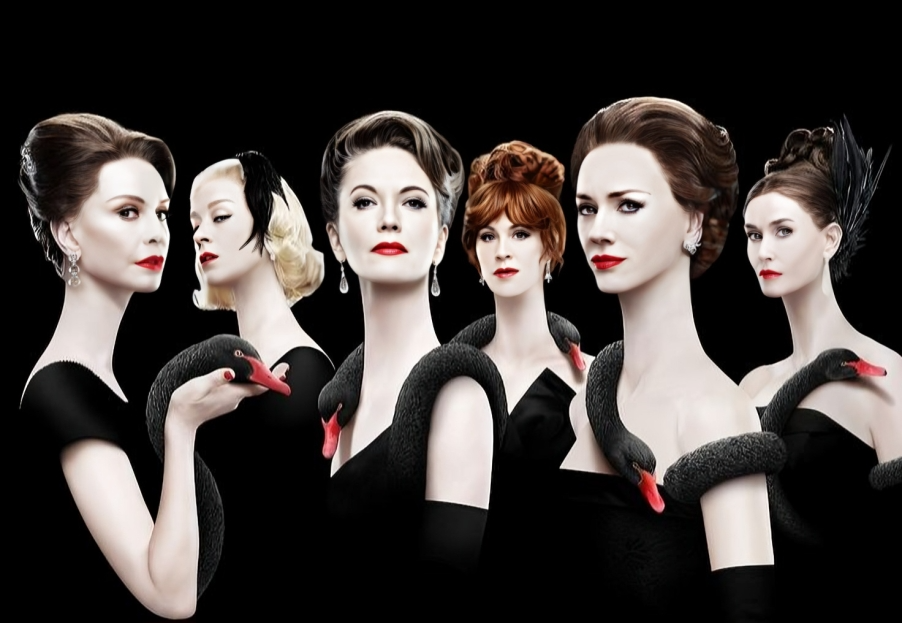As the curtains rise on ‘Feud: Capote vs. The Swans’, the costumes and the glamour take over the stage, conjuring visions of wealth, glamour, and high society. Costume designer Lou Eyrich reimagines the original quite luxury looks of history’s greatest socialites, along with fashion designer Zac Posen.
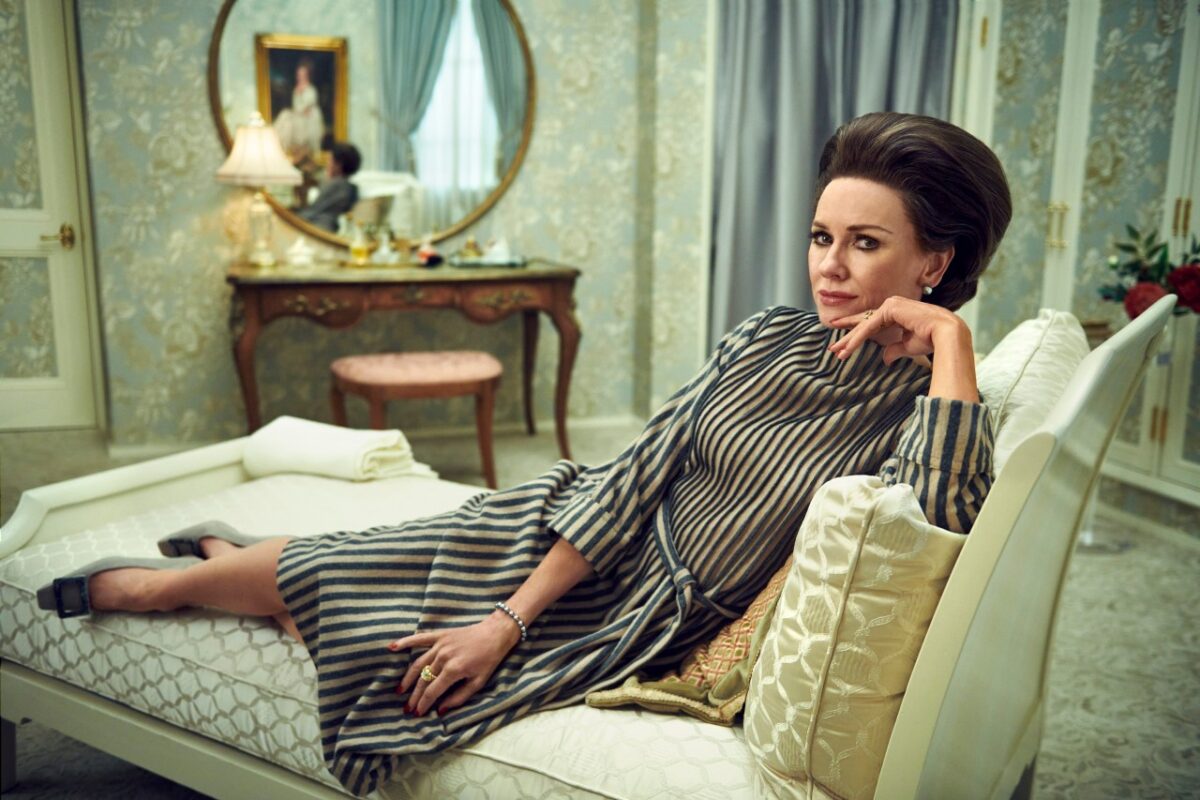
Rayn Murphy’s second part of his Feud anthology, FX’s Feud: Captoe vs. The Swans, revolves around the main lead’s complex relationship with the socialites. The Swans, a group of high-society women, are adorned in luxurious pieces that reflect their status and influence. Eyrich says that everything has to have a feeling of wealth and glamour and should be perfectly groomed and polished. The costumes for Babe Paley, Slim Keith, C.Z. Guest, and Truman Capote were carefully curated to reflect the ‘60s-era New York socialites since the costume design are about narrative storytelling. The series, which is predominantly set in the early-70s and continues into the mid-80s, is all about showing the east coast excess of yachts, estates, and dinner parties, as stated by Eyrich.
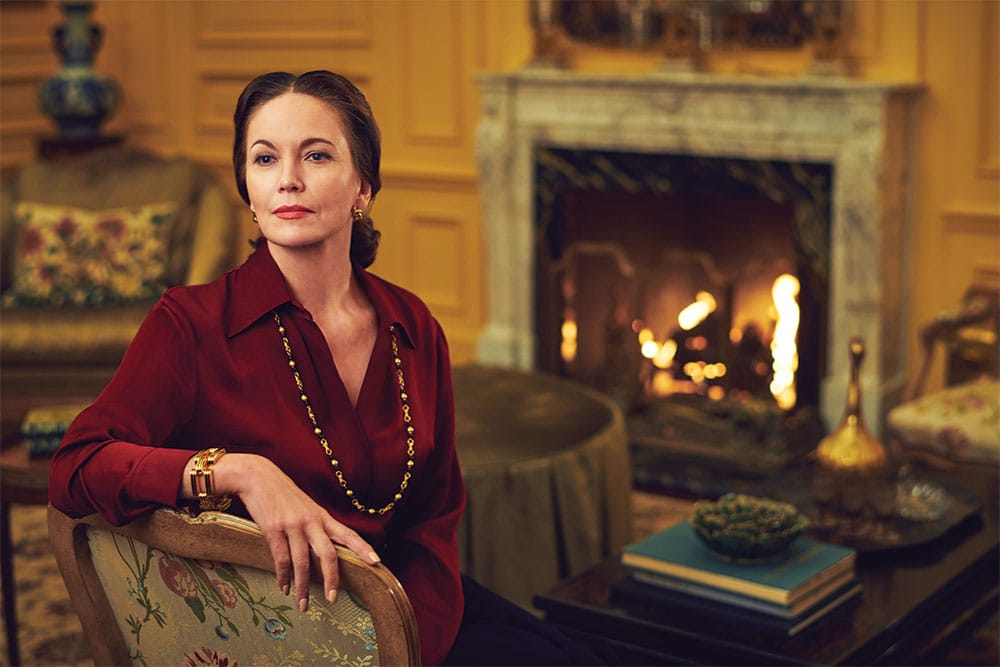
The swans being the centerpiece of the series, the designer and her team had to go through copious amount of visual research to create boards for the six primary swans; each character was assigned a distinct color palette. Babe Paley, also dubbed Capote’s favorite swan, played by Naomi Watts, was dressed in tailored looks from Dior, Givenchy, and Mainbocher in the 50s and 60s and Halston and Bill Blass in the 70s. The team had focused on her jewelry collection, which was from Verdura, Belperron, and Jean Schlumberger. And she primarily had a palatte of cream and beige. Babe was termed chic, simple, and elegant. Slim Keith, on the other hand, who was played by Diane Lane, was dressed in a fusion of menswear and womenswear from the 1970s and 1980s with a hint of masculinity. She also had a darker palatte color compared to Babe Paley.
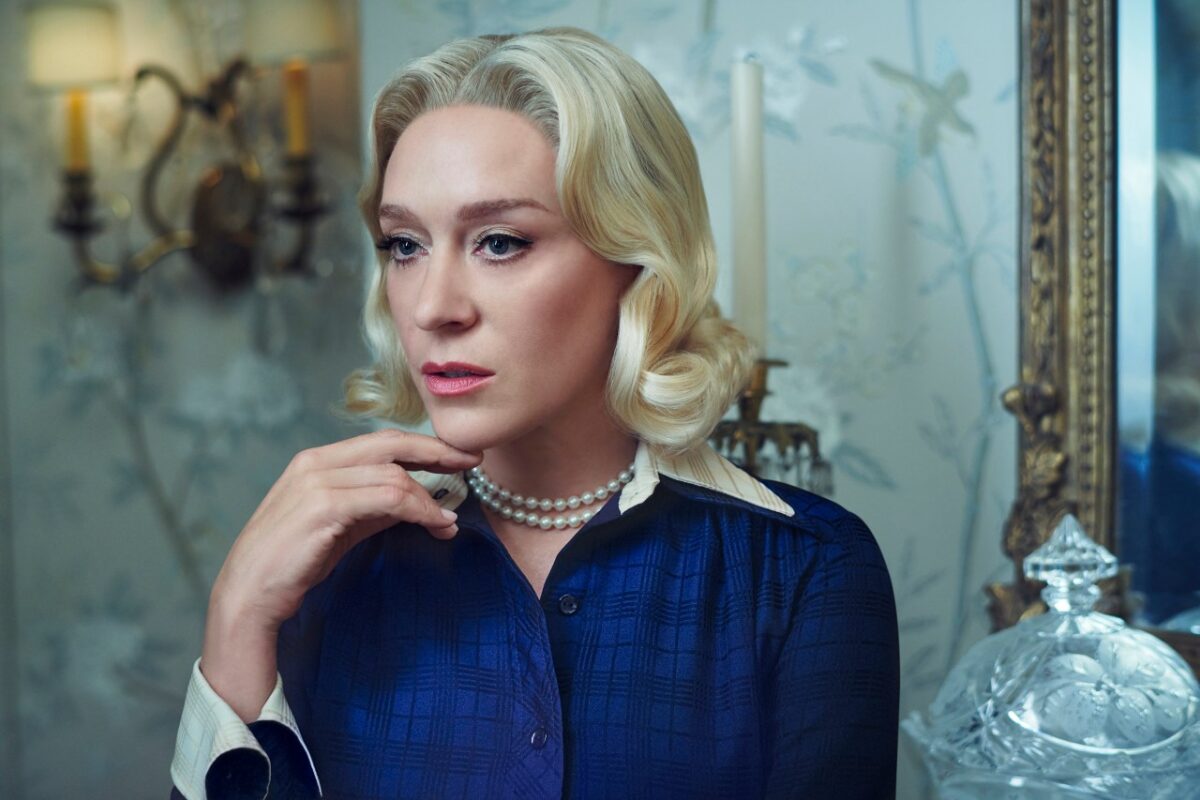
For C.Z. Guest, played by Chloe Sevingy, was themed East Coast prep. The character was primarily dressed in cardigan sweaters and pearls from Bill Blass and Geoffery Beene. Tom Hollander, who plays Truman Capote, had his wardrobe filled with classic men’s vintage. The team states that they faced great difficulty in sourcing men’s vintage and had to recreate looks in the correct size for the lead. Costumes for the character Bill Paely, who was dubbed a man who gets all his suits custom-made, were also largely bespoke, and the costume of Lee Radziwill by Calista Flockhart was said to be authentic archival pieces.
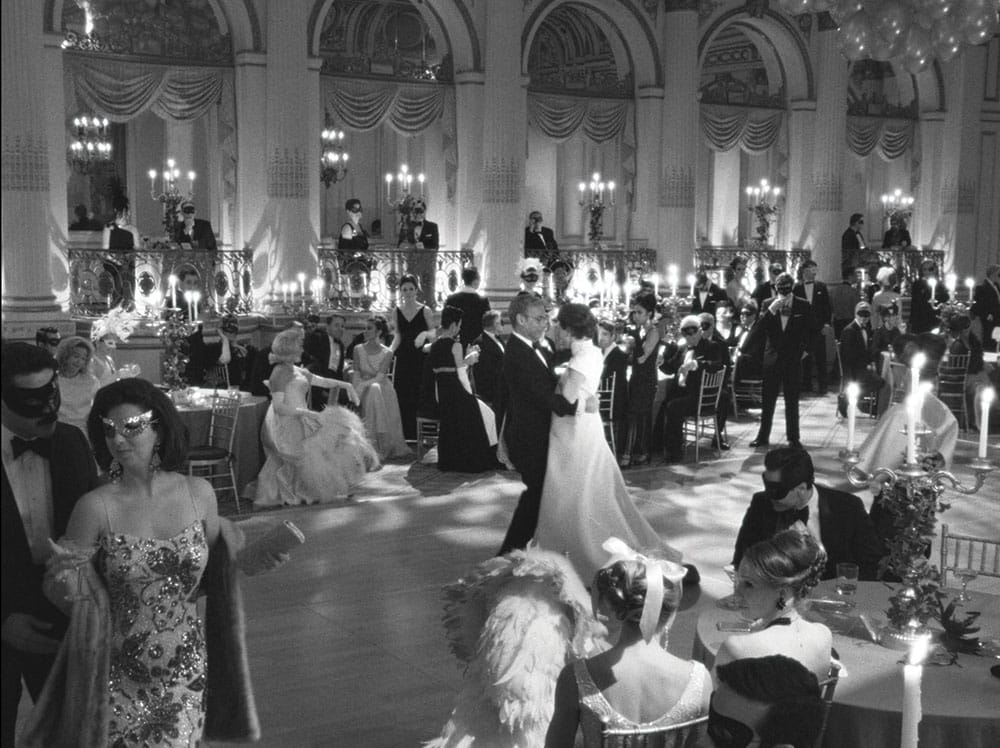
The diamond of the show was a particularly crucial scene, which was Capote’s framed black-and-white ball, the party of the decade. Fashion designer Zac Posen, together with Eyrich, engaged in deep research to recreate the iconic 1966 Ball at the plaza. The characters were all outfitted in Posen’s customs, who had a vision where he wanted them to be more elevated and fantastical than the original dresses for the ball. Paley was adorned with the signature red crimson lining and an opera coat that opened, mimicking a pair of swan wings. Posen further emphasized the bird symbolism as he recreated the masks, which are like evil aquatic birds, befitting the statement that the ball was the Met Gala of its time.


